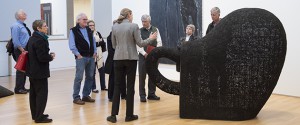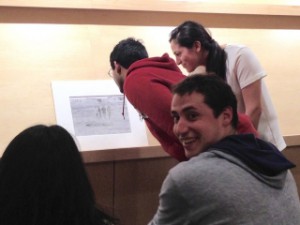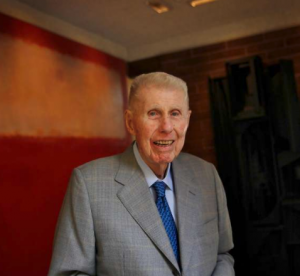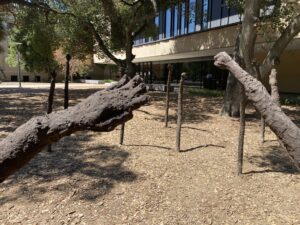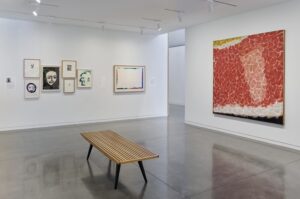Senate visits the arts district to discuss the humanities
…ets accomplished this afternoon is that you have the chance to see – for those of you who don’t spend time in this area – just how much the arts district is blossoming,” said Richard Saller, dean of the School of Humanities and Sciences. “The outcome of the last campaign, in terms of new programs, new facilities and, in some areas, new faculty, has been remarkably transformative.” Saller and Debra Satz, senior associate de…


